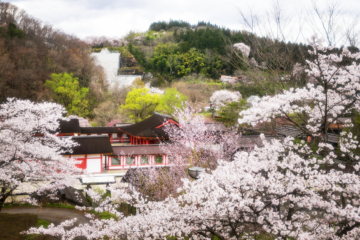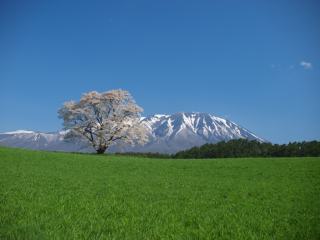MODEL COURSE
Morioka Station

Chusonji Temple [World Heritage Site]
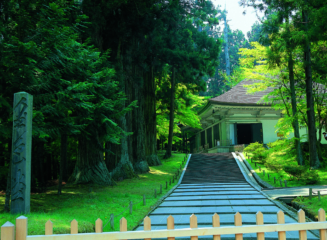
This is the main temple of the Tendai sect of Buddhism in the Tohoku region. The name of the mountain is Kanzan, and Jikaku Daishi is the founder of the temple.
In the early 12th century, Kiyohira, the first generation of the Oshu Fujiwara clan, built a number of pagodas, including a pagoda and a two-story hall.
The purpose was to comfort the souls of those who died in the long wars of the Former Nine Years' War and the Later Three Years' War, and to build a Buddhist land.
Although the pagodas were sadly destroyed by fire in the 14th century, the temple is still a treasure house of Heian art, containing over 3000 national treasures and important cultural properties, including Konjikido.

Muryokoin Ruins [World Heritage Site]
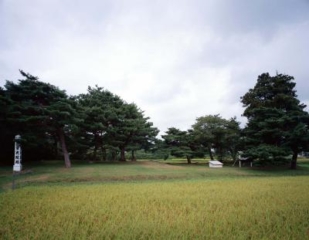
Muryoko-in Temple, built by the third generation Hidehira, is modeled after the Phoenix Hall at Uji Byodo-in Temple. Hidehira Temple was adjacent to the Garan Imperial Palace, where he lived. Most of the ruins have been turned into rice paddies, but the ruins of the pond, Nakajima, and temple foundation still remain. According to the results of the excavation survey conducted in 1952, it was a magnificent temple, with the axis of the temple running from east to west passing through the east gate, bridge, middle island, and bridge hall, and beyond which one could see Mt. Kinkeizan. It is known that
Detailed Destination Information
Kinkeishan [World Heritage Site]
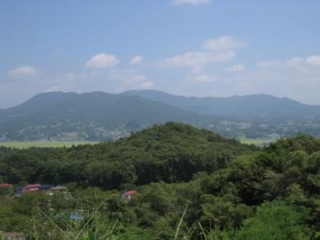
Mount Kinkeisan is an elegant cone-shaped mountain. According to legend, Hidehira built the mountain in a single night by having laborers carry stones as far as the Kitakami River, and buried a pair of golden chickens.
There were several sutra mounds built on the top of Mt. However, they were stolen in 1930 and are now half destroyed. The artifacts excavated at that time are kept at the Tokyo National Museum and Motsu-ji Temple, respectively.

Motsuji Temple [World Heritage Site]
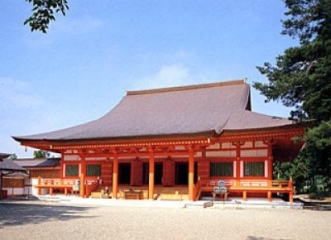
Motsu-ji Temple, a separate head temple of the Tendai sect, is called Iiozan (Mt. Iio) and was founded by the great priest Jikaku in 850.
In the late Heian period (794-1185), Motohira (the second Fujiwara lord of Oshu) and Hidehira (the third Fujiwara lord of Oshu) built a magnificent temple complex, including Kondo Enryu-ji and Kasho-ji.
Although the temple buildings of those days were regrettably destroyed by fire due to repeated disasters, the " Pure Land Garden" centering on Oizumigaike Pond and the remains of Heian-period temple buildings have been preserved in almost perfect condition and have been designated as both a Special Historic Site and a Special Place of Scenic Beauty by the national government.

Kanjizaio-in Temple Ruins [World Heritage Site]
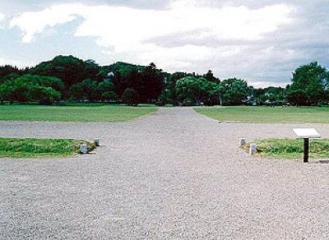
It is said that the Kanjizaioin Temple ruins adjacent to the east of Motsuji Temple were run by the second wife of Motohira. The temple area is 120m from east to west and 240m from north to south. The square garden pond (Maizuru-ga-ike) with rounded corners is dotted with rock formations made of piled up megaliths similar to rough seashores, a small Suhama beach, and a long central island running east to west. On the north bank is a plaza, towards which are the remains of the Great Amida-do Hall to the west and the remains of the Small Amida-do Hall to the east. On the east bank, there are also the ruins of the bell tower and the ruins said to be Fugendo.
Detailed Destination Information
Roadside station “Hiraizumi”
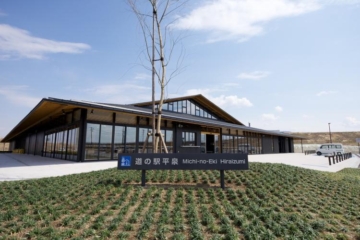
Roadside Station Hiraizumi opened on April 27, 2017.
In addition to fresh produce produced by local farmers, the farm-fresh corner sells delicious items such as doburoku and wine that are designated as special zones.

Ichinoseki Station






